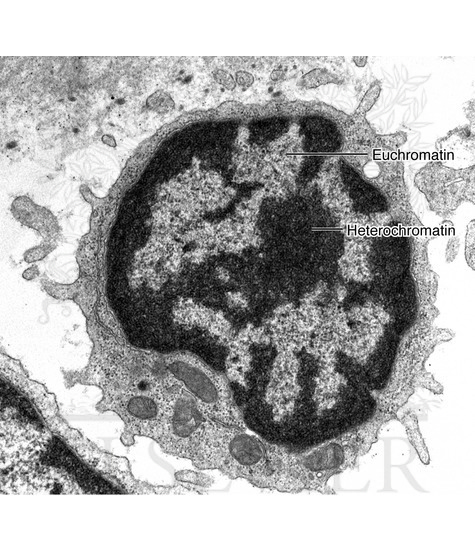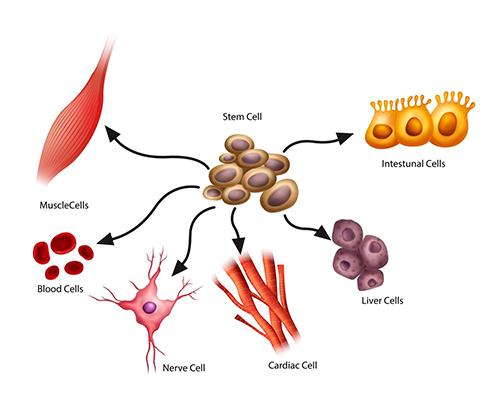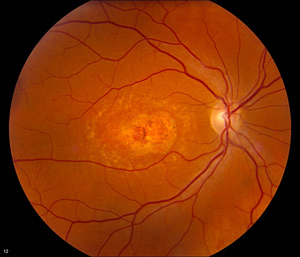We have learned previously that one part of the cell theory is that new cells can only be produced from existing cells. The new cells can be divided into two broad categories: stem cells, which can develop into any form of cells, and non-stem cells, which are specialized through the process of cell differentiation. Today we will look at cell differentiation and stem cells in detail.
Cell Differentiation

During cell differentiation, cells become distinctive and more specialized. All cells contain the entire set of genetic instructions, also referred to as genes, for the organism it belongs to. However, not all genes in the cell are activated; only specific instructions activate and send out chemical signals that cause the cell to differentiate. Active genes and inactive genes are different in that active genes are packaged in euchromatin, whereas inactive genes are packaged in heterochromatin.
Stem Cells

Differentiated cells cannot form alternative cell types. However, stem cells are able to continuously divide and differentiate into other types of cells. There are four types of stem cells: totipotent, pluripotent, multipotent, and unipotent. Totipotent cells can form any cell type, including extra-embryonic tissue. Pluripotent cells can form any cell type, and multipotent cells can specialize into closely related types of cells. Unipotent cells cannot differentiate, but they can divide and replicate.
Application of Stem Cells
Stem cells are effective therapeutic solutions when non-stem cells, which cannot self-renewal itself, become damaged. When stem cells are used to replace damaged non-stem cells, first biochemical solutions are applied to stem cells to differentiate them into the desired cell type. Then the differentiated cells are implanted into the patient’s tissue. One problem that could happen is that the immune system may try to reject the implanted stem cell. Thus the host immune system is suppressed to prevent rejection of the cells.

One example of stem cell therapy is the treatment of Stargardt’s disease. Stargardt’s disease leads to a progressive loss of vision until the point of blindness. It is caused by a gene mutation in retinal photoreceptor cells. Stargardt’s disease is cured by replacing damaged retinal cells with specialized stem cells.
Works Cited
Cornell, Brent. “Stem Cell Therapy.” Intestinal Villi | BioNinja, ib.bioninja.com.au/standard-level/topic-1-cell-biology/11-introduction-to-cells/stem-cell-therapy.html.
Cornell, Brent. “Stem Cells.” Intestinal Villi | BioNinja, ib.bioninja.com.au/standard-level/topic-1-cell-biology/11-introduction-to-cells/stem-cells-2.html.
Cornell, Brent. “Cell Differentiation.” Intestinal Villi | BioNinja, ib.bioninja.com.au/standard-level/topic-1-cell-biology/11-introduction-to-cells/cell-differentiation.html.
Leave a comment